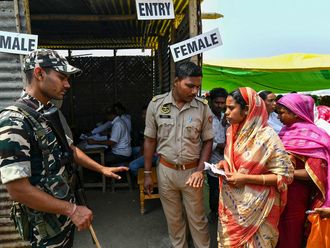Hill stations, a quaint term for the holiday destinations in or near the mountains, are a colonial legacy that India is quite happy to retain. They were created in the early 19th century, when British expatriates unaccustomed to or made ill by India’s heat began to seek out cooler air. (Despite the name hill stations, most of these destinations are at mountainous altitudes.) The colonial rulers established pockets of England in once-remote Indian settlements - usually to the detriment of the local populations - building bungalows, churches, gardens and schools in neo-Gothic and Tudor styles with sloping slate roofs, mini towers and wooden walkways. Theaters, dance halls, cafes, racecourses and other businesses came along to keep the upholders of the raj entertained. The cool climes brought the colonizers relief, and the bracing mountain air was just the ticket for the injured, infirm and those suffering from tropical maladies.
If you’re considering visiting India in the summer, running to the hills is still a far better alternative than simmering in the plains. But be aware that, whatever nostalgia the term “hill station” evokes, summering in the mountains today is quite different from back then. They are no longer quiet, laid-back destinations. Expect bumper-to-bumper traffic on the roads and pedestrian crowds in the tourist spots; most of all, expect rampant commercialization in most places.
Among the most well-recognised mountain or hill retreats in India are Shimla in the north, Darjeeling in the east, Mount Abu in the west and Ootacamund (Ooty) in the south. While they continue to be sought-after destinations, the tourism industry has done more damage than good. Many of the most popular hill stations are grappling with critical ecological crises. Shimla, for instance, which was once dubbed the Summer Capital of the British, faced a severe water crisis in 2018, while the historic Mount Abu, famous for its Sun Temple, was deemed an eco-sensitive zone in 2009 because of unchecked tourist traffic.
To experience the best of small-town, high-up India, travelers should look beyond the obvious. You’ll have plenty of choices - there are numerous hill stations that are both easy to access and relatively untouched and quiet, and catering across the spectrum from budget to luxury, roughing it to glamping. It all depends on what you want. Here are four alternatives to consider.
Sohra (Cherrapunji), Meghalaya
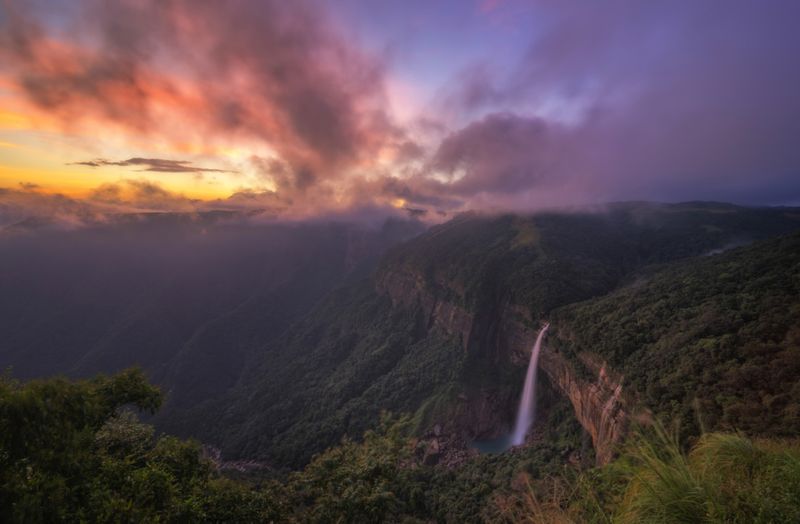
Northeast India is a region of extraordinary beauty, with deep, verdant valleys and majestic, snow-lined peaks. It has been sparsely explored by tourists, domestic and international alike, partly because of sporadic regional unrest and partly because getting there can be tricky. You could spend an entire summer in the Northeast and still not even come close to exploring it thoroughly, but if you had to pick one place to visit, Cherrapunji - once the wettest place on Earth but now out-rained by nearby Mawsynram - wouldn’t be a bad bet. Now known as Sohra (its name before the British changed it), the town is in the Patkai Bum hills along India’s northeastern border with Myanmar.
Location: The nearest airport and railhead are Guwahati, Assam (105 miles).
Altitude: 4,869 feet.
Attractions: Apart from the spectacular scenery, Meghalaya is known for its living root bridges, some of them easily accessible from Sohra. These bridges over rivers and streams were made of by handweaving the aerial roots of rubber fig trees; they were then left for centuries to grow and strengthen on their own. This area is also good for spelunking, camping, birding, and, of course, trekking. This region is home of the indigenous Khasi people, and Sohra offers opportunity to try some authentic tribal cuisine.
Chikmagalur, Karnataka
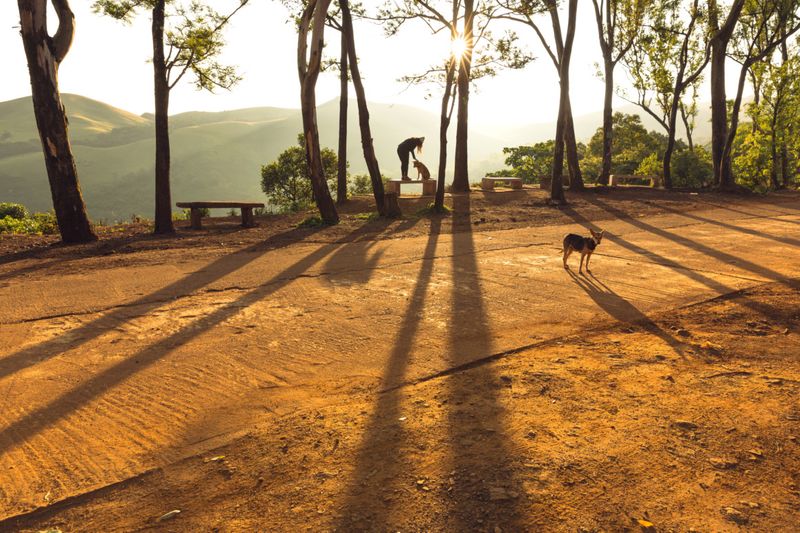
The Himalayas and other northern ranges overshadow India’s other mountains. For different ecology, head south to the Western Ghats, a redoubtable mountain range hugging the southwest coast of the peninsula. You won’t get the dizzying heights and stomach-churning valley views, but you will get a pleasant chill and lots of greenery. This region is also India’s coffee hot spot - don’t ever let South Indians hear you say this is a nation of tea drinkers.
Location: The nearest airports are Mangalore (100 miles) and Bangalore (165 miles). The nearest railhead is Kadur (44 miles).
Altitude: 3,580 feet.
Attractions: Year-round good weather makes Chikmagalur a great last-minute getaway from the teeming metropolis that is Bangalore. Coffee tourism is a growing attraction here, with plantation walks and coffee tasting on the menu. Opt for a plantation stay if possible. Trek to Mullayanagiri, Karnataka’s highest peak for splendid views, or drive to the nearby towns of Belur and Halebidu to explore 12th-century temple complexes that may become UNESCO World Heritage sites. Don’t forget to buy coffee, spices such as pepper and cardamom and honey to take home.
Matheran, Maharashtra
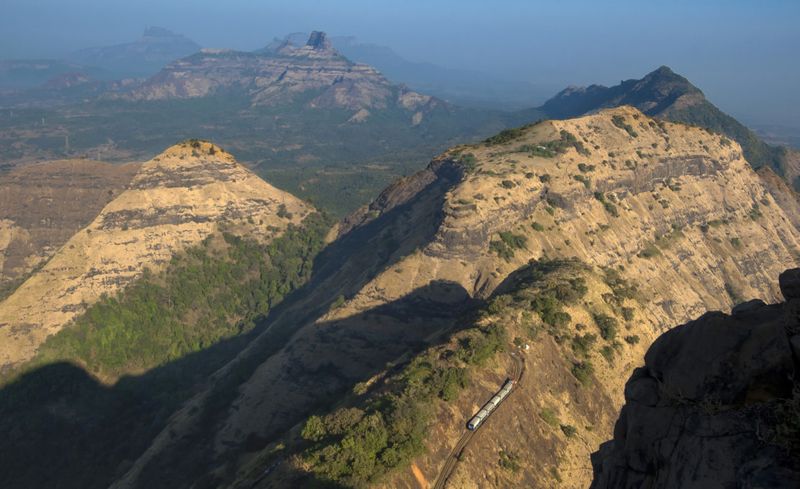
The word “charming” is often used to describe this little hill station tucked away in the Western Ghats. Despite its proximity to Mumbai, it remains surprisingly unspoiled and quiet, partly because of the ban on vehicular traffic in town. If you’re looking for clean air after choking in Mumbai, and some quiet R&R, this is where you should head.
Location: The nearest airport is Mumbai (55 miles to the parking bay; getting into town can be done on foot, on horseback or via hand-pulled rickshaws). The nearest railhead is Neral (four miles), from where a toy train brings you through some spectacular landscape to Matheran.
Altitude: 2,625 feet.
Attractions: Even if you’re coming by road, make sure to schedule a toy train ride later - the view of the luxuriant evergreen forests, with perhaps a glimpse of the various monkey populations - will be worth it. Trek to One Tree Hill; ramble through the historic Paymaster Park and stop for a picnic; explore the ruins of Prabal Fort; or visit a couple of nearby lakes to lounge by their shores. For something more challenging, consider a day trek to Vikatgad Fort, an obscure outpost about which little is known. For days when you’d rather not venture outside town, there are more than three dozen lookout points that provide inspiring views of the surrounding landscape.
Mukteshwar, Uttarakhand
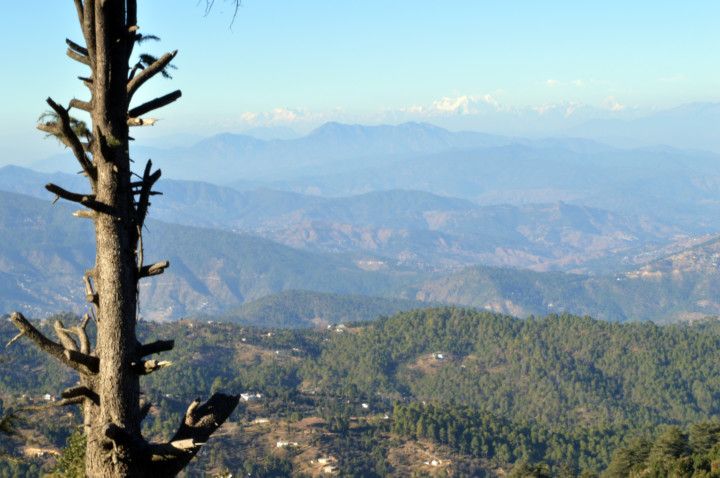
This little town, set up in 1890s by the British to house a veterinary research and training center, is famous for its 180-degree views of the imposing Himalaya. One of the campuses of the Indian Veterinary Research Institute (IVRI) is still located here. Flanked by dense coniferous forests on one side and a lineup of some famous Himalayan peaks - including Nanda Devi, Nanda Kot, and Panchachuli - on the other, Mukteshwar might make you content to just stand and stare.
Location: The nearest airport is Pantnagar (63 miles) and the nearest railhead Kathgodam (38 miles).
Altitude: 7,500 feet.
Attractions: You’ll want to be out and about, admiring the Himalayan panorama in Mukteshwar. Chauli Ki Jali, an overhanging cliff near the IVRI, affords some fantastic views, and doubles as a rappelling spot. Tours of the IVRI labs and the Central Institutes of Temperate Horticulture’s orchards can be arranged. Within the IVRI campus also lies the town’s eponymous Shiva temple. Recent years have seen an influx of holiday-homeowners and an increase in construction, an indication that Mukteshwar’s unspoiled reputation might be in jeopardy.
Washington Post





